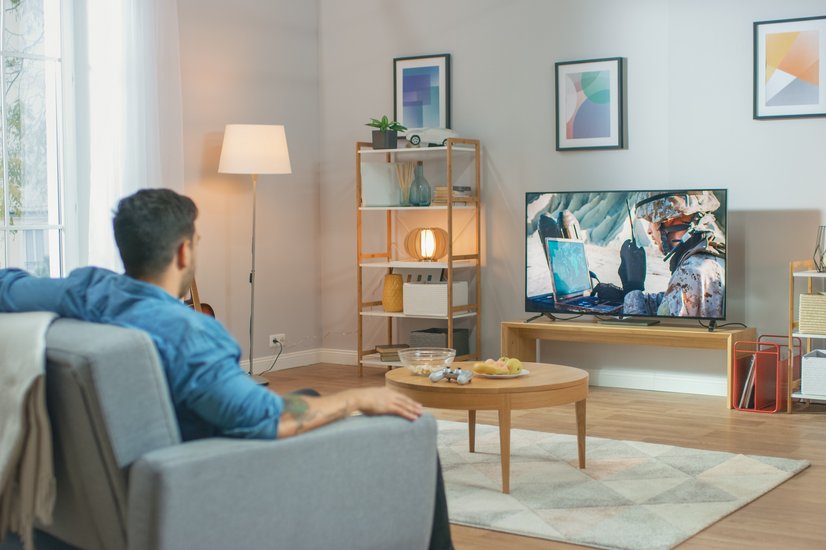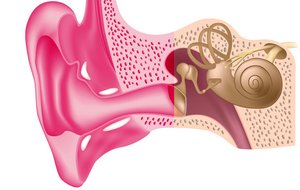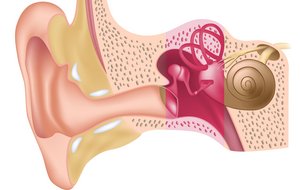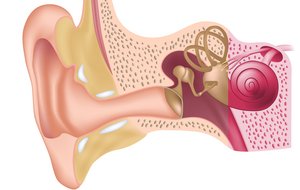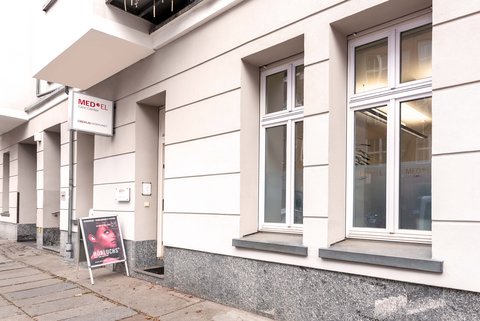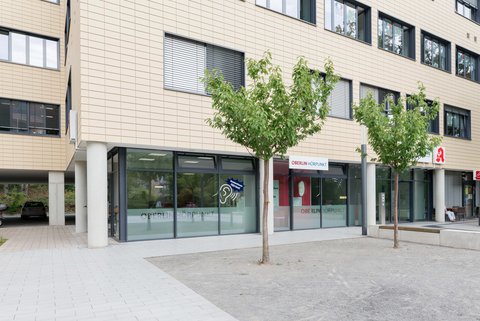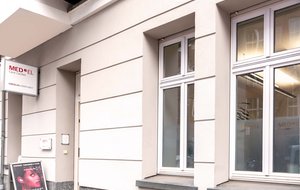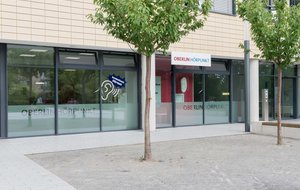
Locating & correcting hearing loss
Degrees of hearing loss can range from mild to profound. It can start with the fact that soft sounds such as the ticking of a wristwatch can hardly be heard - often unnoticed at first. For people with profould hearing loss, loud sounds such as the intense noise of a drill will only be perceived as vibrations. A hearing loss of up to 20 decibels (dB) is considered normal - anything above that is considered hard of hearing.
Types of hearing loss
Hearing loss occurs when sound cannot bei either properly sensed, perceived or transmitted by the auditory system. There are three basic types of hearing loss:
Conductive hearing loss: Sound waves are not transmitted properly from the outer or middle ear to the inner ear, the transmission of sound is impaired, it reaches the inner ear only to a reduced extent or not at all.
Sensorineural hearing loss: the sensory hair cells in the cochlea are damaged or missing, preventing the production of the correct nerve impulses needed by the brain to interpret sound or nerve impulses sent to the brain via the auditory nerve are not processed correctly.
Mixed hearing loss: a combination of conductive and sensorineural hearing loss, affecting both the inner ear as well as the middle and outer ear.
Treating or compensating for hearing loss

Damage to the outer and middle ear (conductive hearing loss) can usually be treated with medication or surgery, but this is rarely possible for damage to the inner ear (sensorineural hearing loss). If medication and surgery do not help, the hearing loss can usually be compensated by a hearing aid.
The hearing technology landscape encompasses a large variety of aids and devices that will compensate for hearing impairment and significantly enhance your quality of life. The range includes aids that are worn behind or in the ear. In addition, devices with external receivers and so-called lyrics are available. Devices with external receivers are particularly small as the loudspeaker is placed directly in the auditory canal. Lyric is a special hearing aid that remains permanently in the ear canal for an average of 2 months and is therefore also not visible from the outside. Learn more about our hearing solutions.


